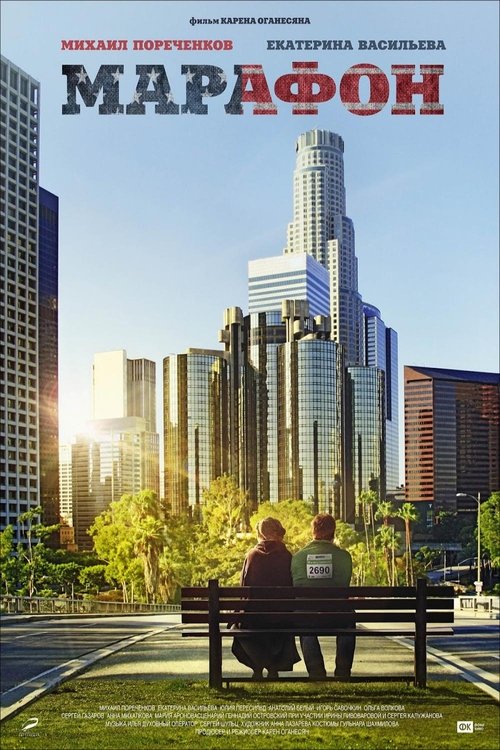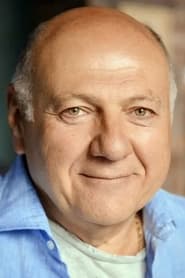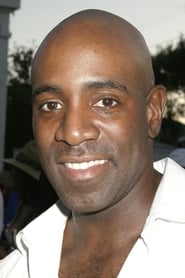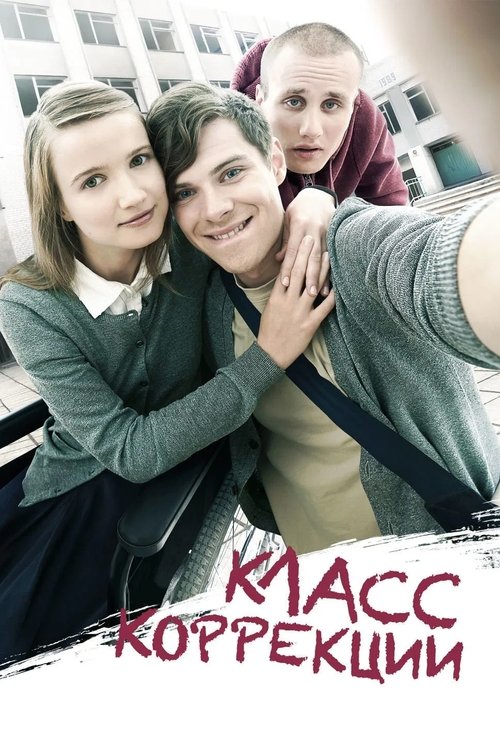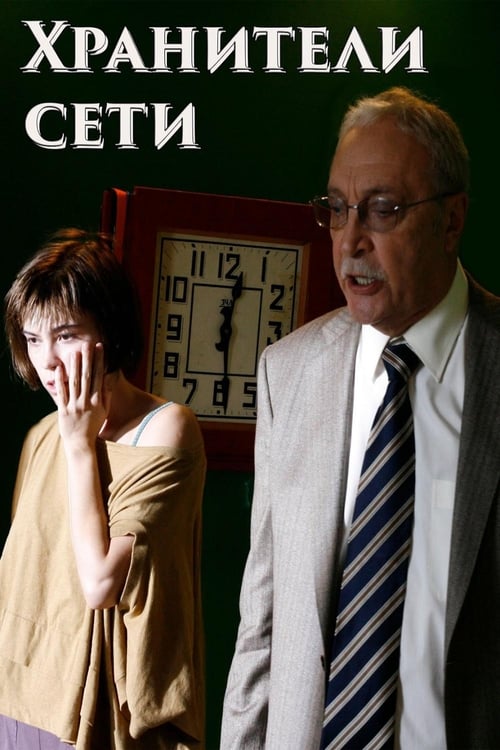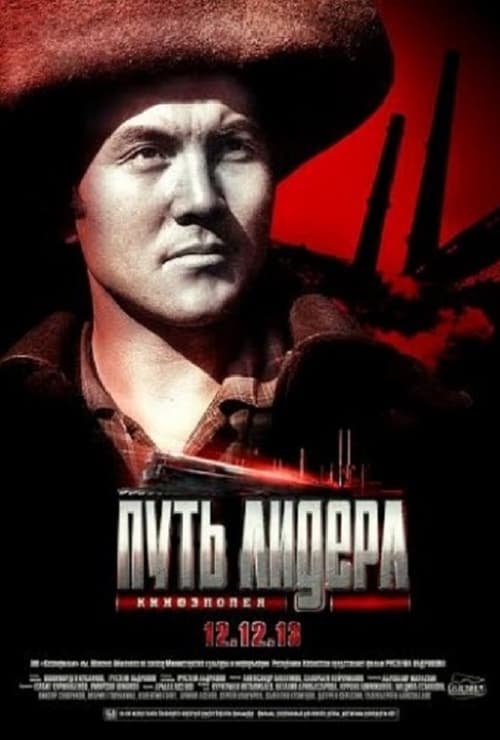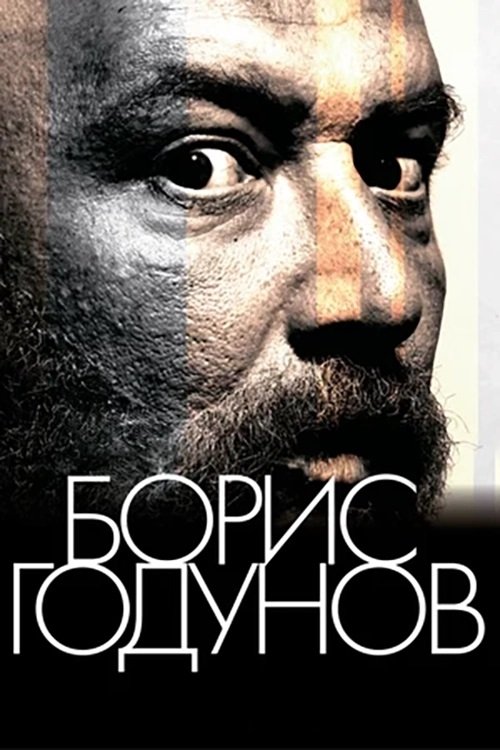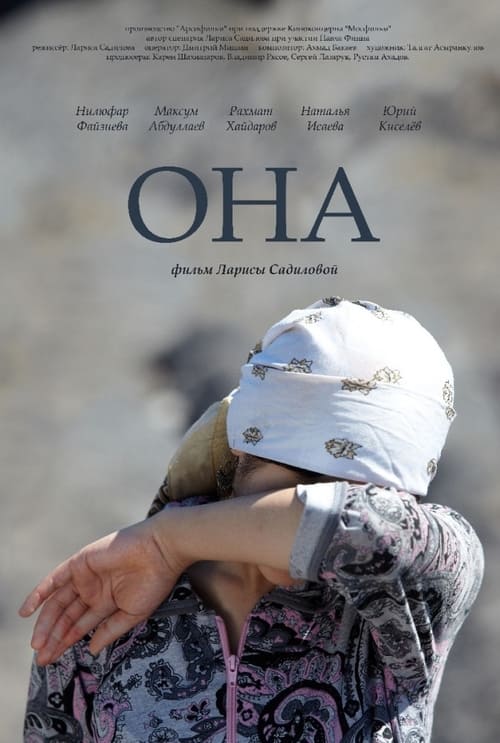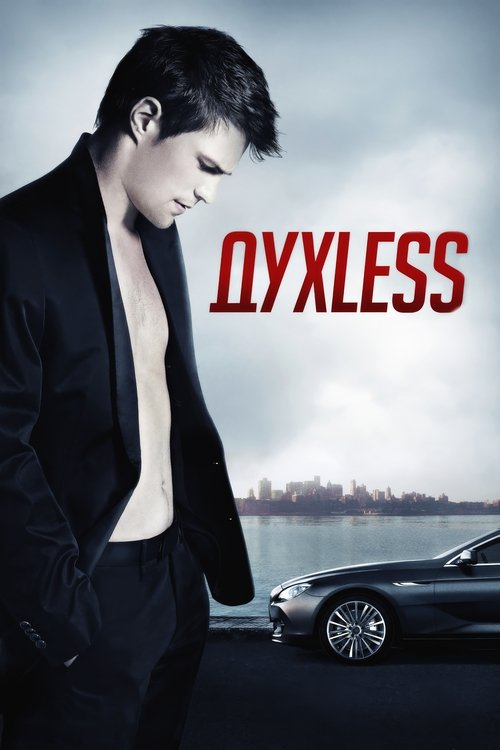
Ask Your Own Question
What is the plot?
What is the ending?
In the ending of the movie "Marathon," the main character, a young man named Jae-ho, completes the marathon despite facing numerous challenges. His journey culminates in a moment of triumph as he crosses the finish line, symbolizing his personal growth and determination. The film concludes with a sense of hope and resilience, showcasing the impact of perseverance on Jae-ho's life.
As the final scenes unfold, we see Jae-ho standing at the starting line of the marathon, his heart racing with a mix of anxiety and excitement. The atmosphere is electric, filled with the sounds of cheering crowds and the rhythmic pounding of feet on pavement. Jae-ho takes a deep breath, recalling the struggles he has faced leading up to this moment--the doubts, the physical pain, and the emotional turmoil. He is not just running for himself; he is running for his family, his friends, and the memories of those who have supported him.
As the race begins, Jae-ho finds himself surrounded by a diverse group of runners, each with their own stories and motivations. He starts off strong, but as the miles accumulate, he begins to feel the weight of exhaustion. The sun beats down on him, and he can hear the distant cheers of the crowd, which serve as both encouragement and pressure. He pushes through the pain, recalling the moments of doubt he faced during his training, the times he almost gave up, and the people who believed in him.
Midway through the race, Jae-ho encounters a fellow runner who is struggling. In a moment of empathy, he slows down to help the runner, offering words of encouragement and sharing his own struggles. This interaction highlights Jae-ho's growth; he is no longer solely focused on his own success but is now part of a community of runners, each supporting one another in their individual journeys.
As the finish line approaches, Jae-ho's body screams for him to stop, but his spirit drives him forward. He recalls the sacrifices made by his family and the lessons learned from his past. With each step, he feels a surge of determination, fueled by the memories of those who have inspired him. The finish line comes into view, and the cheers of the crowd grow louder, enveloping him in a wave of support.
In the final moments, Jae-ho sprints toward the finish line, his face a mixture of pain and joy. He crosses it, collapsing into a euphoric heap on the ground, tears streaming down his face. The camera captures the moment of triumph, showcasing the relief and pride that wash over him. He has not only completed the marathon but has also conquered his inner demons.
As the film concludes, we see Jae-ho surrounded by friends and family, their faces beaming with pride. He has transformed through this experience, emerging stronger and more resilient. The final shot lingers on Jae-ho's face, a mixture of exhaustion and fulfillment, as he realizes that this marathon was not just a race but a metaphor for his life--a journey of perseverance, community, and self-discovery. The screen fades to black, leaving the audience with a sense of hope and inspiration.
Is there a post-credit scene?
In the movie "Marathon," produced in 2013, there is no post-credit scene. The film concludes its narrative without any additional scenes or content after the credits roll. The story wraps up with a focus on the emotional and physical journey of the characters, particularly highlighting their struggles and triumphs throughout the marathon experience. The absence of a post-credit scene allows the audience to reflect on the themes of perseverance, friendship, and personal growth that are central to the film's message.
What motivates the main character, a young man with a disability, to participate in the marathon?
The main character, who has a physical disability, is driven by a deep desire to prove himself and to overcome the limitations imposed by his condition. His journey is fueled by a mix of personal ambition and the need to inspire others facing similar challenges.
How does the relationship between the protagonist and his father evolve throughout the film?
Initially, the protagonist's father is skeptical and protective, fearing for his son's safety in the marathon. However, as the story progresses, he begins to understand his son's determination and passion, leading to a more supportive and encouraging relationship.
What role does the protagonist's training regimen play in his development?
The training regimen is crucial for the protagonist's physical and emotional growth. It showcases his dedication, resilience, and the struggles he faces, both physically and mentally, as he prepares for the marathon, ultimately highlighting his transformation.
How do the other characters in the film react to the protagonist's decision to run the marathon?
The reactions are mixed; some characters are supportive and inspired by his courage, while others express doubt and concern for his safety. This range of responses reflects the societal attitudes towards disabilities and the challenges the protagonist must navigate.
What specific challenges does the protagonist face during the marathon itself?
During the marathon, the protagonist encounters physical exhaustion, moments of self-doubt, and the harsh realities of competing against able-bodied runners. These challenges test his resolve and force him to confront his fears, ultimately leading to a pivotal moment of self-discovery.
Is this family friendly?
"Marathon," produced in 2013, is a film that centers around the themes of perseverance, family, and the challenges faced by individuals with disabilities. While the movie is generally uplifting and focuses on the journey of its characters, there are some elements that may be considered potentially objectionable or upsetting for children or sensitive viewers.
-
Emotional Struggles: The film delves into the emotional and psychological challenges faced by the main character, which may include moments of sadness, frustration, and despair. These scenes can be intense and may resonate deeply with viewers.
-
Family Conflict: There are instances of conflict within the family, including disagreements and misunderstandings that may be distressing for younger audiences.
-
Disability Representation: The film portrays the struggles of individuals with disabilities, which may include scenes that depict their challenges in a raw and honest manner. This could be upsetting for some viewers who are sensitive to such topics.
-
Physical Challenges: The film includes scenes of physical exertion and struggle, particularly related to running and training, which may evoke feelings of discomfort or anxiety in viewers who are sensitive to physical challenges.
Overall, while "Marathon" carries a positive message about overcoming obstacles, its emotional depth and portrayal of struggles may require parental guidance for younger audiences.

